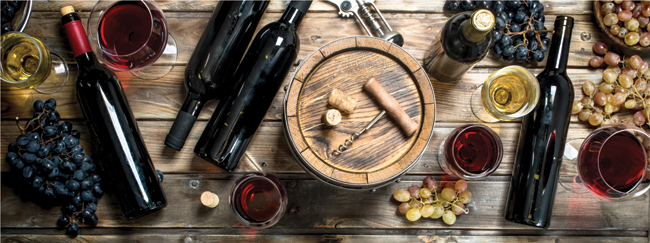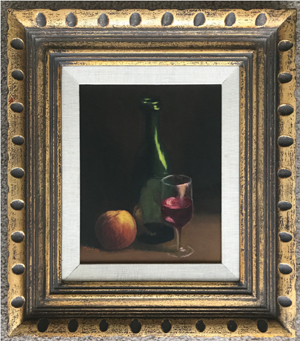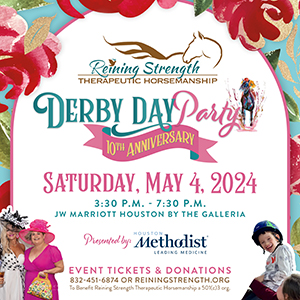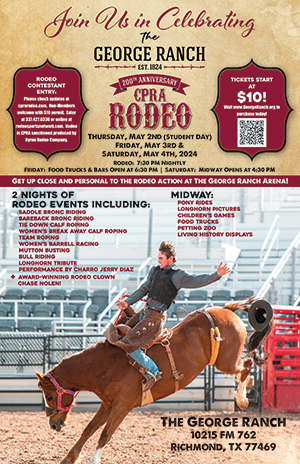Posted on Sep 28, 2020 in
FEATURES,
OENOPHILE

 For a viticulturist or winemaker, growing grapes or making wine is mostly science – at first. There are certain things one must know about farming, including weather, soil, elevation, drainage, etc., that without that knowledge, quality grape growing for wine would not be possible. Also, there are certain things one must know about chemistry, fermentation science, the effects of wood aging, etc., that without that knowledge, quality wines, especially those which benefit with oak aging, would not be possible.
For a viticulturist or winemaker, growing grapes or making wine is mostly science – at first. There are certain things one must know about farming, including weather, soil, elevation, drainage, etc., that without that knowledge, quality grape growing for wine would not be possible. Also, there are certain things one must know about chemistry, fermentation science, the effects of wood aging, etc., that without that knowledge, quality wines, especially those which benefit with oak aging, would not be possible.
When it comes to blending, the game changes to a combination of science and art – mostly art. It is interesting when I hear someone say, “I don’t like blended wines.” Interesting, because the most exceptional red wines historically are the red wines of Bordeaux. They are all blends on the left bank, mostly Cabernet Sauvignon, followed by Merlot and then small amounts of Cabernet Franc, Petit Verdot and Malbec, and on the right bank, mostly Merlot followed by Cabernet Franc, with small amounts of Cabernet Sauvignon, Petit Verdot and Malbec.

© Painting by Denman Moody’s wife Marijo Lindsay Moody.
A perfect example of the necessity of blending is California Zinfandel. Zinfandel has excellent fruit, but generally lacks color, tannin and structure, which can be resolved by adding 10% or more of Petite Sirah or other grapes like Alicante Bouchet. And voila, a bottle of significantly better wine than Zinfandel by itself is engendered.
During the process of making wine from day one, apart from using art, a winemaker uses science to prevent problems and correct problems as they arise prior to bottling. As a critic, I taste over a hundred bottled wines a month and report on the top twenty or thirty percent, which are great values in all price ranges. That is an art. Hopefully, I’m saving readers time and money.
When I was taking Robert Parker’s “Wine Advocate,” and he was taking “Moody’s Wine Review” from 1978 through 1983, we would sometimes give a wine the same score, but the descriptions were never the same. The score of a wine can be an indication of quality, but the descriptions are always different, i.e., one says “overtones of blackberries, crushed stones and cocoa”, and another says about the same wine, “blackcurrants, forest floor and faded roses.” The point is the score may be valid as to quality, but the descriptions may not correlate with any individual wine drinker’s palate or olfactory system. A score is objective, and the descriptions are subjective. If you smell peanut butter in a wine, nobody can say you are wrong. You are right for you!
After all of these years, my wife and I have come up with many great wine and food pairings. We can’t wait much past 5 pm to try them. A perfect example is Champagne with smoked salmon (wild preferred), on a toast point with crème fraiche, capers and a squirt of lemon juice. Another is a Sauvignon Blanc, which might be a little too acidic or “grapefruity” by itself, but 1+1 = 3 occurs when tasted after a bite of goat cheese on a cracker. My cracker preference with goat cheese is either a Blue Diamond Artisan Nut Thin with brown rice, almonds and flax seeds or a Lesley Stowe Raincoast crisp cracker with cranberry and hazelnuts. And, of course, Chardonnay or Pinot Noir with chicken and Cabernet Sauvignon or Syrah with a steak are always winners.
With all this excellent pairing, which to us is fabulous and vital, some people like only one or two wines regardless of the food pairing. I have one friend who drinks only Sauvignon Blanc – even with steak. He is over 60, so who am I to tell him he should be trying a Cab with his steak? At wine tastings, I sometimes ask, “Who likes White Zinfandel?” Nobody holds up their hand. I then tell them that one of my favorite pairings is a chilled white Zin by the pool on a hot day with a cold chicken salad and that “your palate is the best palate in the world for you, and there is absolutely nothing wrong with liking White Zinfandel.” When I ask again, about 20% of the attendees sheepishly raise their hands.
So, when it comes right down to it, for each taster, it is a matter of personal preference. I still ask everyone to try different wines before making up their minds. Who knows, my friend who only likes Sauvignon Blanc may go bonkers over a Viognier if he ever tries one! And if Cabs are too big, rich or tannic for him, a new light may go on in his head – and palate – when trying a Beaujolais-Villages with bacon-wrapped, roasted quail.















 For a viticulturist or winemaker, growing grapes or making wine is mostly science – at first. There are certain things one must know about farming, including weather, soil, elevation, drainage, etc., that without that knowledge, quality grape growing for wine would not be possible. Also, there are certain things one must know about chemistry, fermentation science, the effects of wood aging, etc., that without that knowledge, quality wines, especially those which benefit with oak aging, would not be possible.
For a viticulturist or winemaker, growing grapes or making wine is mostly science – at first. There are certain things one must know about farming, including weather, soil, elevation, drainage, etc., that without that knowledge, quality grape growing for wine would not be possible. Also, there are certain things one must know about chemistry, fermentation science, the effects of wood aging, etc., that without that knowledge, quality wines, especially those which benefit with oak aging, would not be possible.